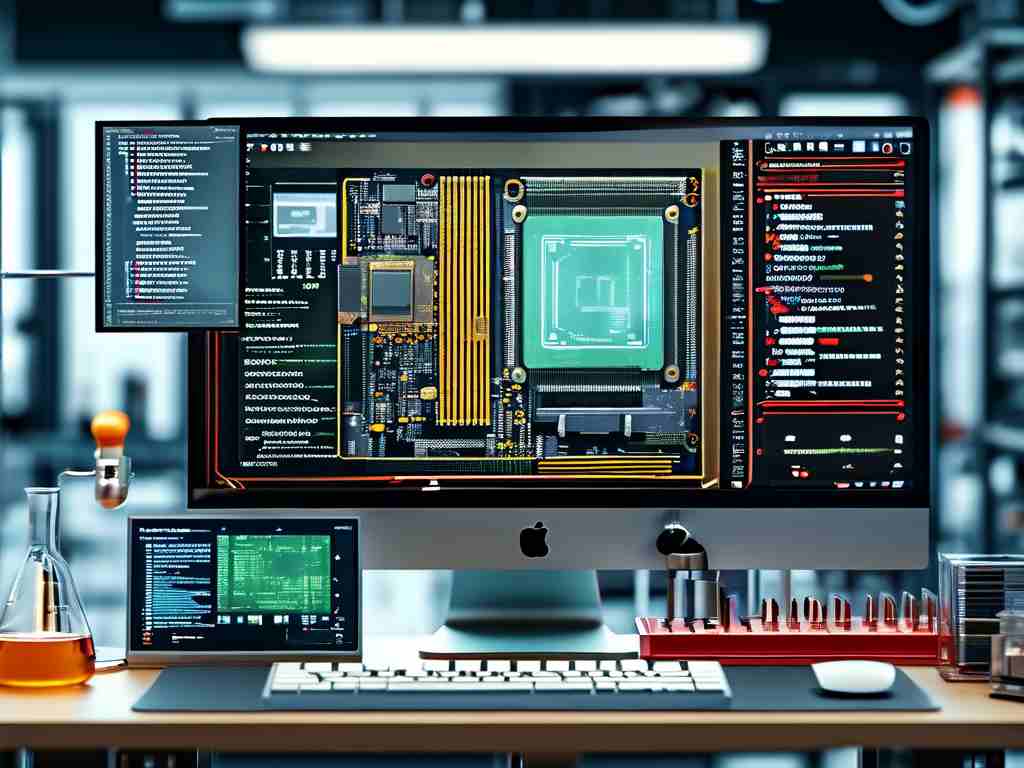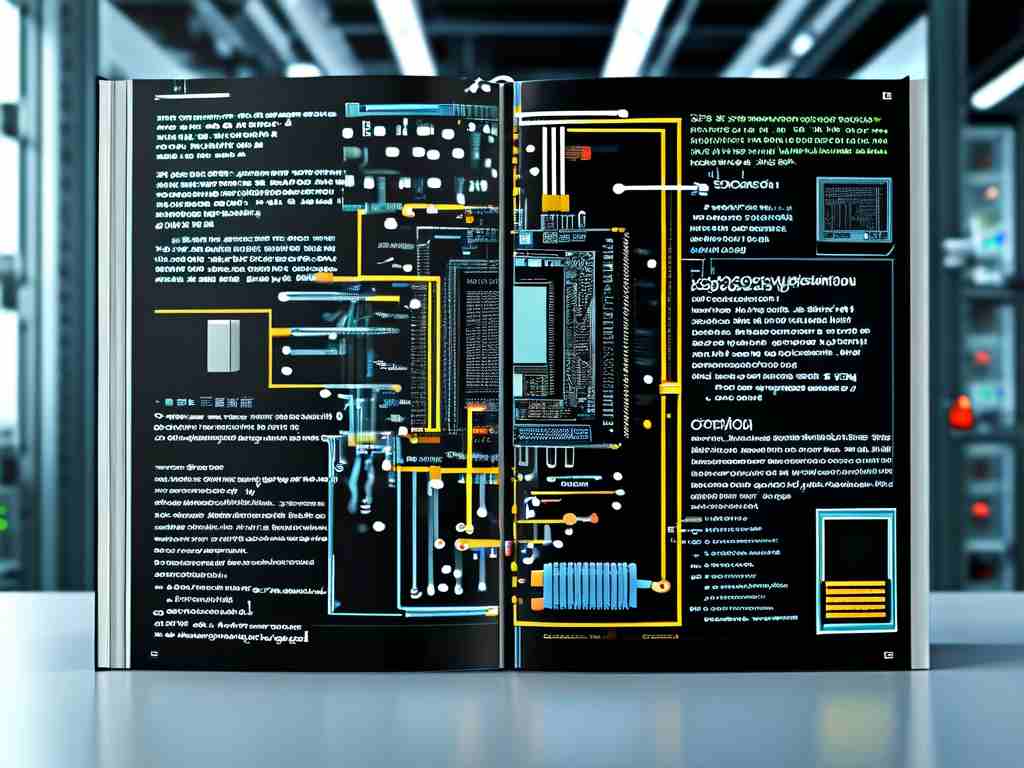Building an efficient embedded development environment requires strategic planning and precise execution. This guide explores practical methods for establishing a robust workflow tailored to embedded systems projects, emphasizing toolchain configuration, hardware integration, and optimization techniques.

1. Selecting Hardware and Toolchain
The foundation of any embedded project lies in choosing compatible hardware and software tools. Start by identifying the target microcontroller or processor (e.g., ARM Cortex-M, ESP32). For cross-platform development, install a toolchain such as GCC-ARM or LLVM/Clang. On Linux systems, use the command below to install GCC-ARM:
sudo apt-get install gcc-arm-none-eabi
Ensure the toolchain version aligns with your hardware’s architecture. For instance, STM32 projects often require specific library packs from STMicroelectronics’ CubeIDE.
2. Configuring Integrated Development Environments (IDEs)
Modern IDEs like VSCode, Eclipse, or PlatformIO streamline code editing and debugging. Configure these environments by adding extensions for syntax highlighting, static analysis, and peripheral register visualization. For VSCode, integrate Cortex-Debug and PlatformIO plugins to enable real-time debugging with J-Link or ST-Link probes. Avoid overloading the IDE with unnecessary plugins, as this may introduce latency during compilation.
3. Cross-Compilation and Build Systems
Embedded systems often rely on cross-compilation to generate binaries for target devices. Use CMake or Makefile to automate builds. A sample Makefile for an ARM project might include:
CC = arm-none-eabi-gcc
CFLAGS = -mcpu=cortex-m4 -mthumb -Os
all:
$(CC) $(CFLAGS) -o firmware.elf main.c
Optimize compiler flags for size (-Os) or speed (-O3) based on project requirements.
4. Debugging and Emulation Tools
Hardware debuggers like Segger J-Link or openOCD are indispensable for troubleshooting. Set up GDB server connections to step through code or inspect memory registers. For systems without physical debug ports, consider QEMU emulation to simulate hardware behavior.
5. Version Control and Collaboration
Embedded projects benefit from Git for tracking code changes. Use branching strategies to manage firmware variants and integrate CI/CD pipelines (e.g., Jenkins, GitHub Actions) for automated testing. Pre-commit hooks can enforce coding standards or run static checks using tools like cppcheck.
6. Addressing Common Challenges
Memory constraints and real-time performance are critical in embedded systems. Utilize linker scripts to allocate memory sections precisely. For example, STM32 projects often modify .ld files to define flash and RAM boundaries:
MEMORY {
FLASH (rx) : ORIGIN = 0x08000000, LENGTH = 256K
RAM (rwx) : ORIGIN = 0x20000000, LENGTH = 64K
}
Additionally, leverage RTOS (FreeRTOS, Zephyr) for task scheduling in complex applications.
7. Testing and Validation
Implement unit tests using frameworks like Unity or CppUTest. For hardware-in-the-loop (HIL) testing, automate scripts to validate GPIO, UART, or SPI communications. Tools like pytest with custom fixtures can simulate sensor inputs or validate output signals.
8. Documentation and Maintenance
Maintain detailed records of toolchain versions, library dependencies, and hardware configurations. Tools like Doxygen generate API documentation directly from code comments, ensuring long-term project sustainability.
By following these steps, developers can create a scalable embedded development environment that adapts to evolving project demands while minimizing debugging overhead and maximizing productivity.









